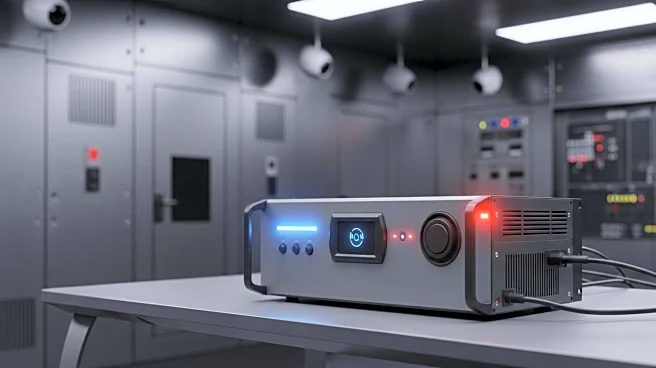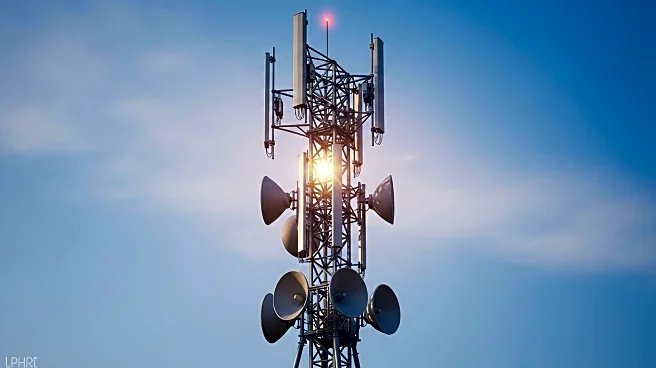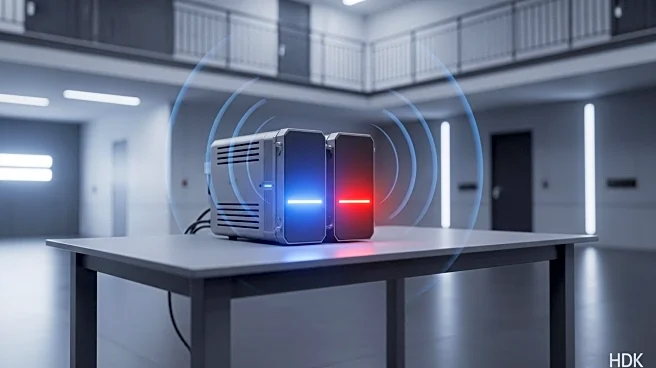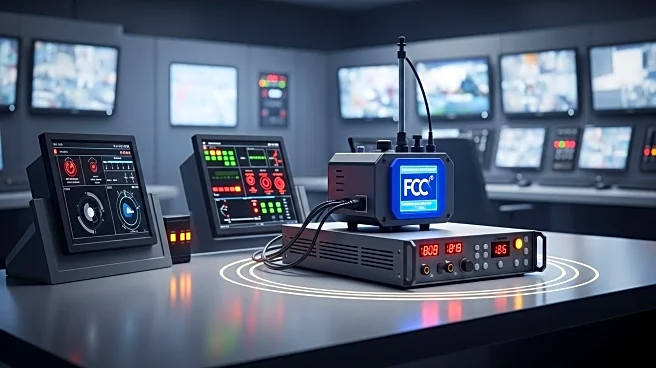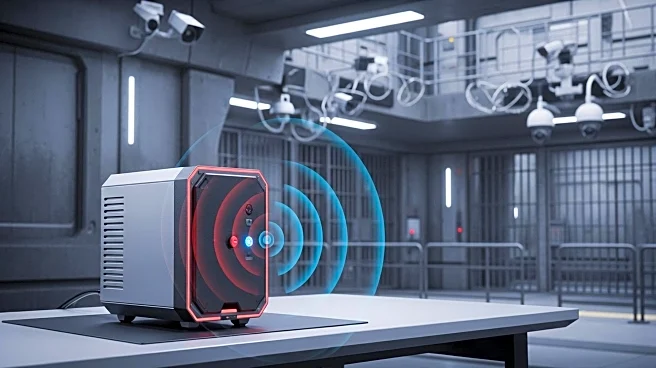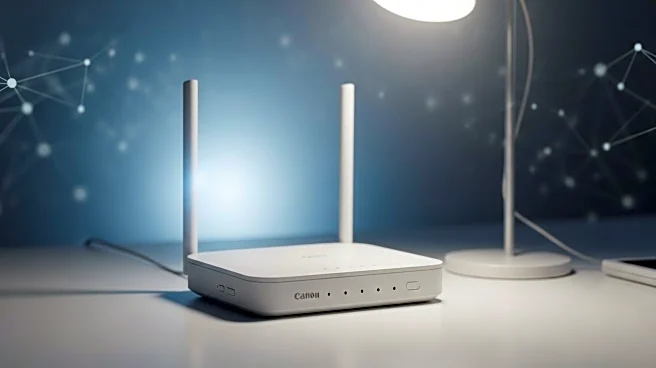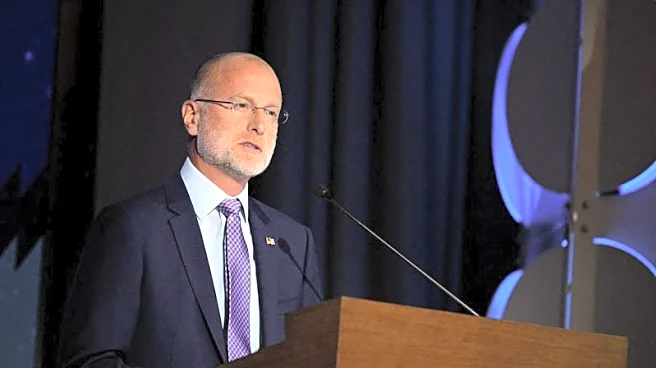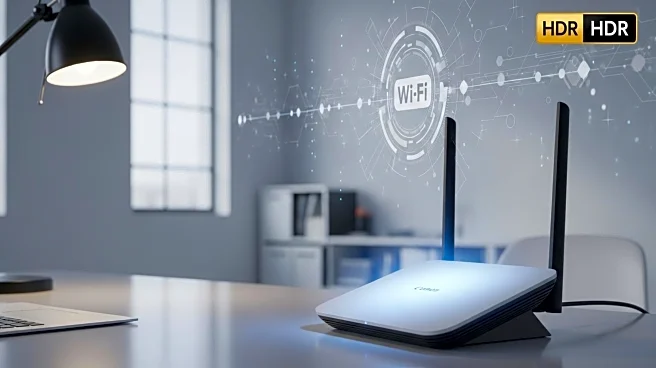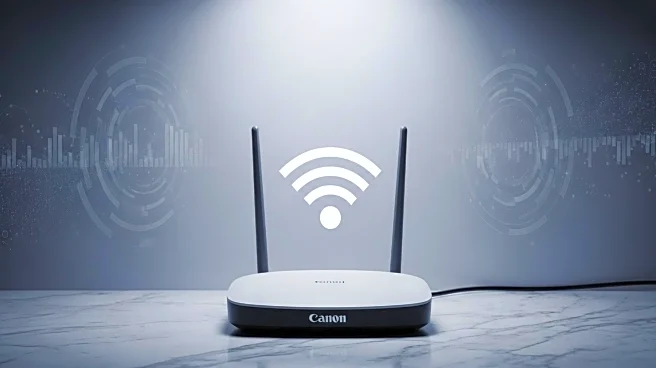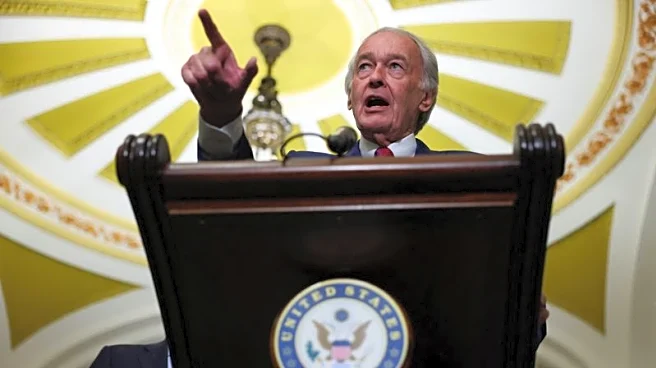What is the story about?
What's Happening?
The Federal Communications Commission (FCC) is set to vote on a proposal to allow cellphone jamming technology in state prisons. This move comes after a long campaign led by Robert Johnson, a former South Carolina prison guard who survived an assassination attempt orchestrated by inmates using contraband cellphones. The current federal law, dating back to 1934, prohibits jamming authorized communications, but FCC Chairman Brendan Carr is advocating for a reinterpretation that would exclude contraband cellphone signals from this protection. The proposal has faced opposition from wireless industry groups, such as the CTIA, which argue that jamming could interfere with legitimate communications, including emergency services. Despite these concerns, proponents like former South Carolina state prisons director Bryan Stirling argue that jamming is a more effective solution than existing managed access systems, which have failed to completely prevent inmates from using smuggled phones.
Why It's Important?
The decision to allow cellphone jamming in prisons could significantly impact prison security and public safety. Contraband cellphones have been used by inmates to coordinate illegal activities, posing a threat to both prison staff and the public. By potentially enabling jamming, the FCC aims to curb these security breaches. However, the move also raises concerns about the potential for unintended disruptions to legitimate communications, which could affect emergency response efforts. The outcome of this decision could set a precedent for how communication technologies are regulated in sensitive environments, balancing security needs with the protection of lawful communications.
What's Next?
The FCC's upcoming vote will determine whether a public comment session and subsequent vote on the use of cell jammers in prisons will proceed. If approved, this could lead to the implementation of jamming technology in various state facilities. Stakeholders, including state attorneys general and corrections groups, are likely to continue advocating for the change, while wireless industry groups may push for alternative solutions. The decision could also prompt legal challenges, as some experts question the FCC's authority to reinterpret the 1934 law in this manner.
Beyond the Headlines
The potential approval of cellphone jamming in prisons highlights broader issues of technology regulation and privacy. It raises ethical questions about the balance between security and the right to communication. Additionally, the decision could influence future policies on the use of jamming technology in other settings, potentially expanding its application beyond prisons. This development underscores the ongoing challenge of adapting regulatory frameworks to address emerging technological threats while safeguarding civil liberties.
AI Generated Content
Do you find this article useful?
